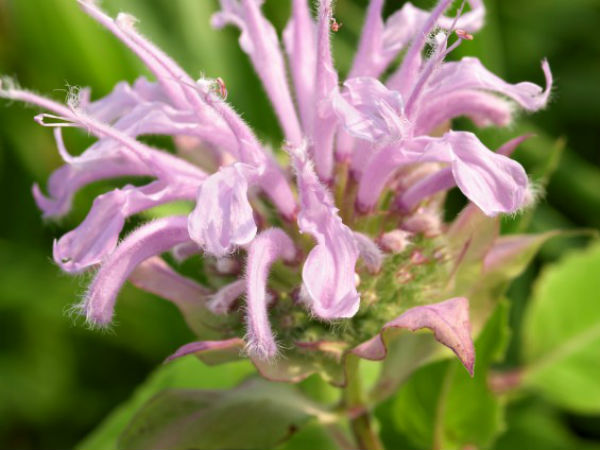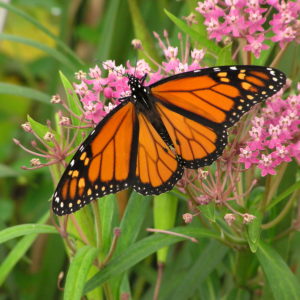Monarch playgrounds—create a butterfly garden!
Monarch Butterflies are a classic sign of summer but it is becoming increasingly rare to catch sight of them. In the following post, learn how you can create a Monarch-friendly garden to attract this beautiful butterfly to your own backyard!
Why it’s important
Over the last 20 years, the Monarch population has seen an 80% drop. As of the 2016 assessment by the Committee on the Status Endangered Wildlife in Canada (COSEWIC), the Monarch Butterfly is designated “threatened,” and its status under the Species at Risk Act (SARA) is “Special Concern.” While severe storms are a factor in this decline, one of the main problems is the near eradication of milkweed due to overuse of pesticides.
Milkweed is crucial to this butterfly—they depend on it during their egg and larval stages for food and protection. The decline of milkweed wreaks havoc on Monarch reproduction, but there is something you can do! Grow your own Monarch-friendly garden and give a home to this majestic butterfly.
How to create a Monarch-friendly garden
Plant milkweed
Milkweed comes in many varieties that are indigenous to Canada. Opt for local plants when you can, they are already adapted to the climate and won’t require watering or fertilizer.
Local milkweed varieties include:
- Common milkweed (Asclepias syriaca) | blooms June to early August
- Swamp milkweed (Asclepias incarnata) | blooms June to September
- Butterfly milkweed (Asclepias tuberosa) | blooms June to September
- Poke milkweed (Asclepias exaltata) | blooms June to early August
Plant nectar flowers
Adult Monarchs require nectar as a food source.

Wild bergamot
Local varieties of wildflowers are an excellent pick, and make sure to include colour! Butterflies generally like yellow, pink and orange flowers.
Some of the wildflowers Monarchs prefer include:
- Canada goldenrod (Solidago canadensis) | blooms May to September
- New England aster (Aster novae-angliae) | blooms August to October
- Wild bergamot (Monarda fistulosa) | blooms July to August
- Black-eyed Susan (Rudbeckia hirta) | blooms June to September
- Common Yarrow (Achillea millefolium) | blooms June to August
- Boneset (Eupatorium perfoliatum) | blooms July to September
A place for rest and water
Try to include flat stones where butterflies can perch, spread their wings and bask in the sun. Additionally, damp spots or puddles in the soil allow butterflies to drink and replenish the minerals they need.
For more information about Monarchs and the plants to use in your garden, consult “The Monarch Guide”—our pamphlet with all the information you need.
What else you can do
Sign our petition to become a voice for Monarch Butterflies!
Join Monarch conservation initiatives and speak out against the use of milkweed killing pesticides. You can also help through supporting Nature Canada’s many conservation initiatives.
Already have a Monarch-friendly garden? Let us know what plants you like to use in the comments and send us your pictures on Twitter and Facebook!



